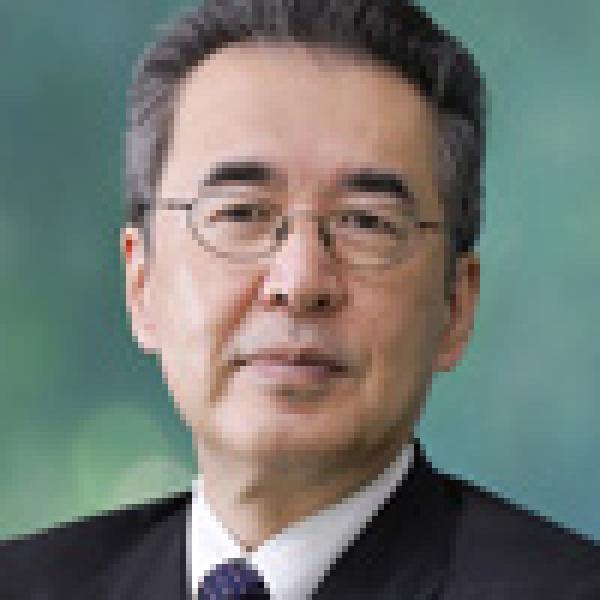Finance Series
Dispersed ownership and asset pricing: An unpriced premium associated with free float
Abstract
We explore differences in the levels of dispersed ownership that lead to a returns-based free float hedging factor in addition to size, which augments the capital asset pricing model (CAPM) in explaining the cross-section of stock returns. Using the S&P 1500 stocks in the US between 1985 and 2023, the results support the advantages of free float within a three-factor CAPM including size over alternative models based on liquidity, book-to-market value, and momentum. We argue that this yields a useful means for hedging effectively against the risks associated with the fundamental underlying likelihood of expropriation in a specific firm based on its ownership structure.
Published in
Journal of Corporate Finance, volume 92, 2025









